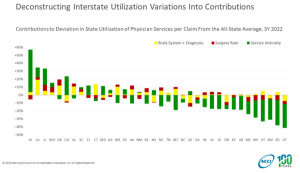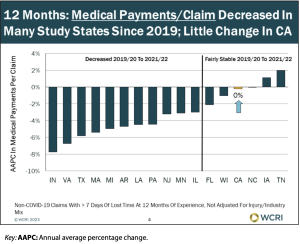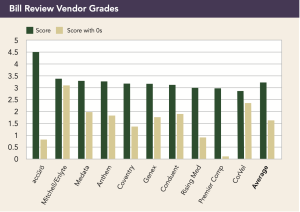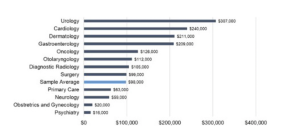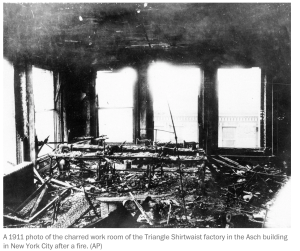A farce.
Ok folks, I’m gonna get snarky here.
First, there’s the title. I think they meant “insurers” not “insurance”… the latter is quite consistent across all insurers

A while back PropertyCasualty360’s reported on a “rating” of workers’ comp insurers by Forbes Advisor, an entity which doesn’t appear to take its ratings very seriously.
Everyone loves lists – done right they can reward the best and force others to up their game while helping consumers pick the best offerings. Done poorly they mislead, provide zero value, and result in buyers making decisions based on useless/misleading/wrong criteria.
In this instance, Forbes’ understanding of what makes for a “good” insurer is about as deep as my understanding of quantum mechanics.
In fact, the article looks like it was created by a beta version of ChatGPT with zero editing by anyone who passed a high school English course. (I did try to contact the author but there’s no link or contact info other than a name on Forbes’ website, and I’m not going to waste even more of my time trying to track this guy down)
okay, the details.
From PropertyCasualty360 (who really ought to know better):
Forbes Advisor based 90% of the scores [sic] the level of upheld complaints made to state insurance departments and collected by the National Association of Insurance Commissioners. The remaining 10% of the scores were based on the financial strength assigned to the company by AM Best.
Well. I’ll spare you, dear reader, my minor criticisms and focus on the major ones.
- What??? 90% of the “rating” is based on complaints which have little to nothing to do with how good a business partner a carrier is.
- What about cost, dividends, time to first report of injury, claim closure rate, claim frequency, sustained return to work…Jesus there’s about a million criteria more important than complaints to regulators.
- That said, a major driver of complaints would be certainly driven by claim volume…so the bigger the insurer, the more likely they would a) have complaints and b) the more complaints there would be. No discussion of this in the “survey.”
- Sometimes people complain because they don’t want to go back to work, don’t like having to go to specific providers, want brand drugs instead of generics, and on and on. Sure some of these complaints would likely be dismissed by regulators, but others would likely not be “dismissed.”
- Financial strength – well, given many carriers are A, A – or A+ rated, how useful is this? Might as well say “hey, only buy WC insurance from an A rated carrier!”
- What about:
- customer satisfaction?
- injured worker satisfaction?
- broker rating (be careful, but a whole lot more useful than “complaints”)
- claim closure rate?
- medical provider satisfaction?
- Net promoter score?
- employee rating of their employer e.g. Glassdoor?
- best places to work ratings?
The result is a wholly useless exercise which may encourage clueless buyers to make bad decisions based on a “survey” which looks like nothing more than clickbait.
I’ve seen better/more useful/more credible ratings for the top home margarita blender kits, highest rated shoelaces and best pencil erasers.
What does this mean for you?
Another sign of the impending apocalypse.

